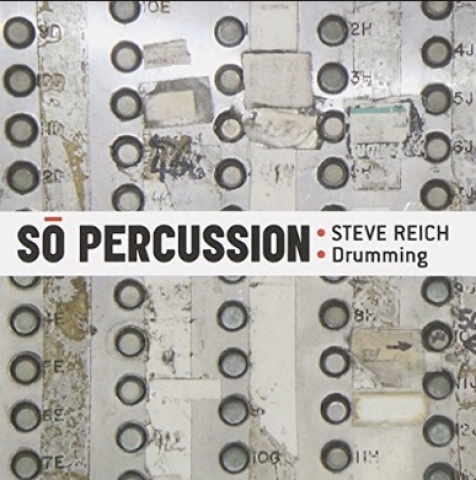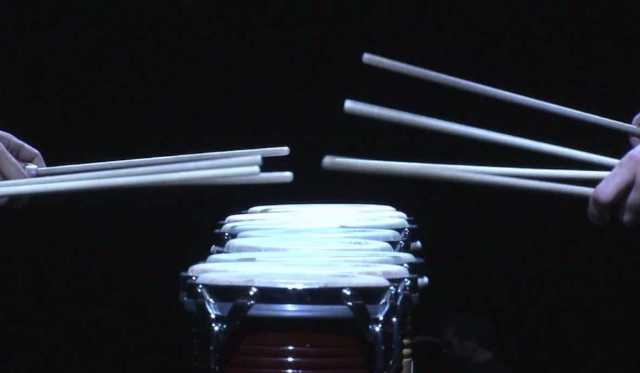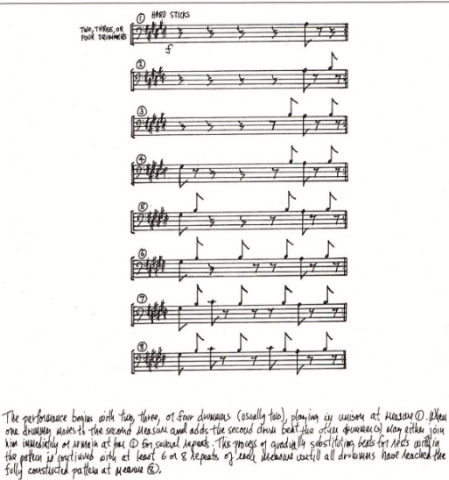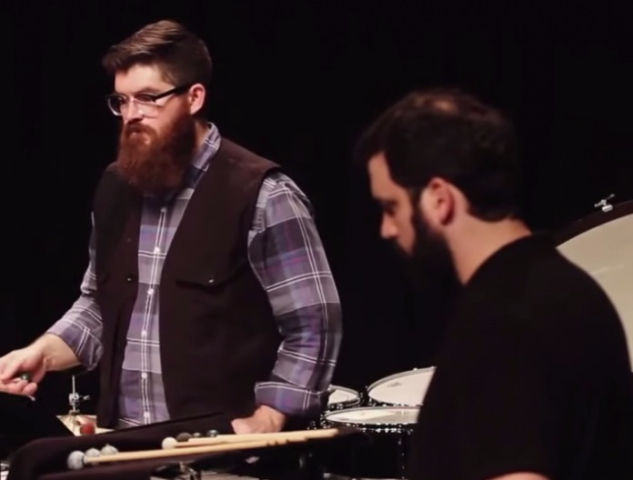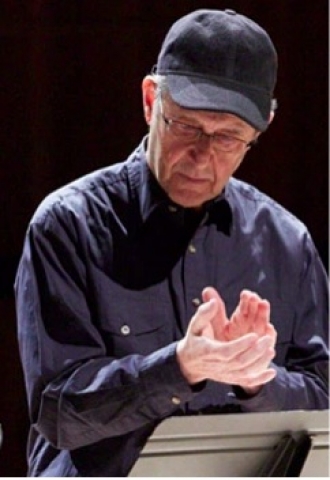Drumming by Steve Reich
So Percussion at Lincoln Center
By: Susan Hall - Jul 17, 2016
Drumming
By Steve Reich
So Percussion
Alice Tully Hall
New York, New York
July 16, 2016
Steve Reich has left his mark on 20th and 21st century music of every genre. Drumming was composed almost fifty years ago after a sojourn to the heart of Africa and its percussion tradition. It is a thrilling piece to hear performed by So Percussion.
Lincoln Center Festival packed Alice Tully Hall for a performance of the iconic work. Watching the So Percussion musicians perform is dizzying – how can they possibly keep the pulse and phasing from bongo to bongo and then on to nine players on three marimbas and two voices. The Glockenspiel and whistle are introduced, and all four elements are combined for a glorious finale. How?
You had to look hard to catch the frequent, quick glances between players as they cued each other. The phasing is particularly admirable. It is a passing off from one performer to another.
In section two, the marimba players enter softly with two quarter notes out of phase. Rhythm and pitch are maintained as the timbre changes from tuned drum to marimba. If this technique sews the music together, the gradual accumulation of all the timbres forms a fantastic cloud of sound.
The entire piece is built from one rhythmic and melodic pattern that starts with one very loud drum hit and seems to spiral out, almost hypnotically. How can so much variety be drawn form a small cluster of syncopated notes?
Reich had a radical idea that the voice could be not only used as an instrument, but an imitate one in accompaniment. He writes: “While playing the drums in the process of composition, I found myself sometimes singing with them, using my voice to imitate the sounds they made.”
In Drumming, two woman vocalists accompany the marimbas. They use consonants “like 'b' and 'd', and a 'u' vowel sounds like 'you'.” The Glockenspiel required a whistle and a piccolo to capture the instrument’s sound.
With much of the piece, you have rhythms and pulses fading in and out. The voices do this too. If two or three marimbas are playing patterns a quarter note or so out of phase, “the singers cause them to rise out of the music and then recede."
Reich reports that this piece is the first one in which he experiments with substituting beats for rests and rests for beats. In the beginning there is one drum beat and another is added in sync. But drum beats are substituted for rests until the pattern is complete. Then it is reduced in reverse to way it was built up.
Timbre changes while rhythm and pitch remain the same. The simultaneous combination of instruments different timbers. (Pendulums is all pendulums). The human voice as instrument replicates the exact sound of instruments.
The four parts are played without pause and this emphasizes the cloud of tones and textures being formed. It becomes thicker and denser as time passes and seems to fill every space in the Hall. It is mesmerizing and arresting at once.
As an encore, So is joined by the composer. We heard Clapping, the purest form of pulse. It was a hypnotic, ear-opening evening of sound delights.


